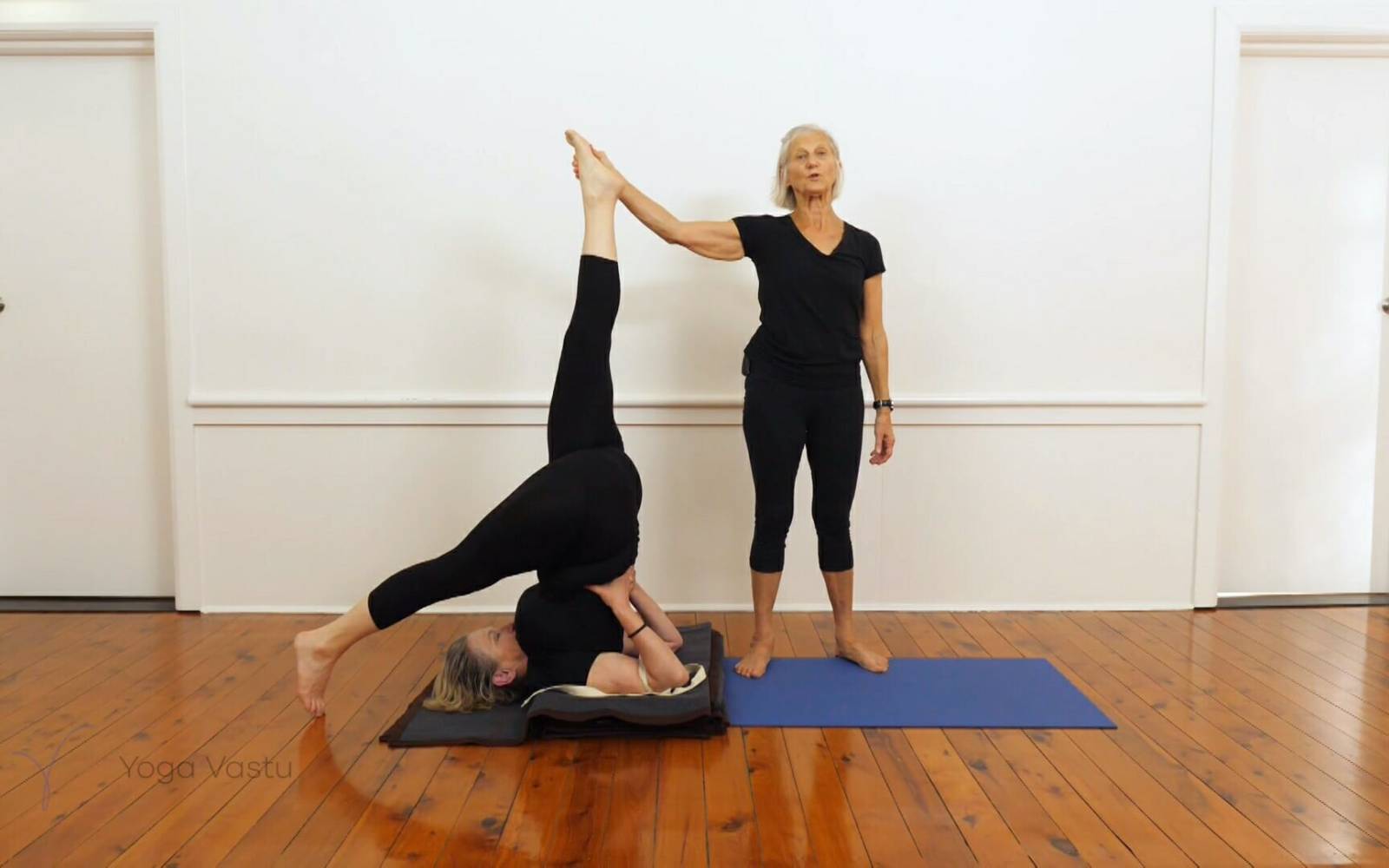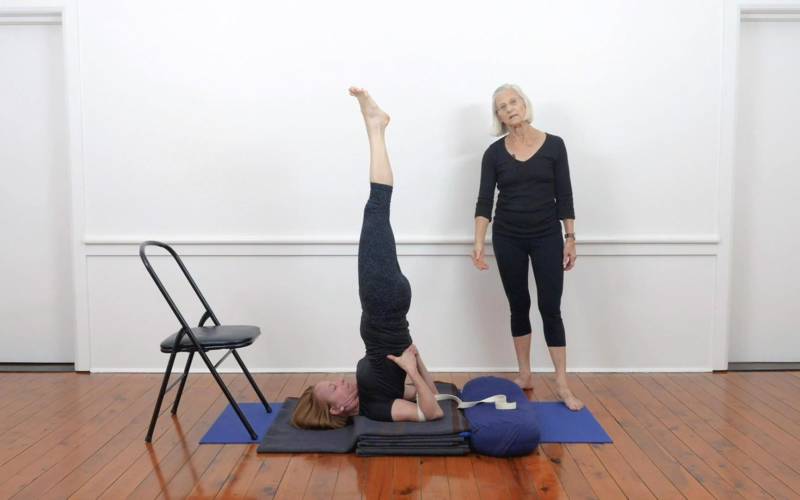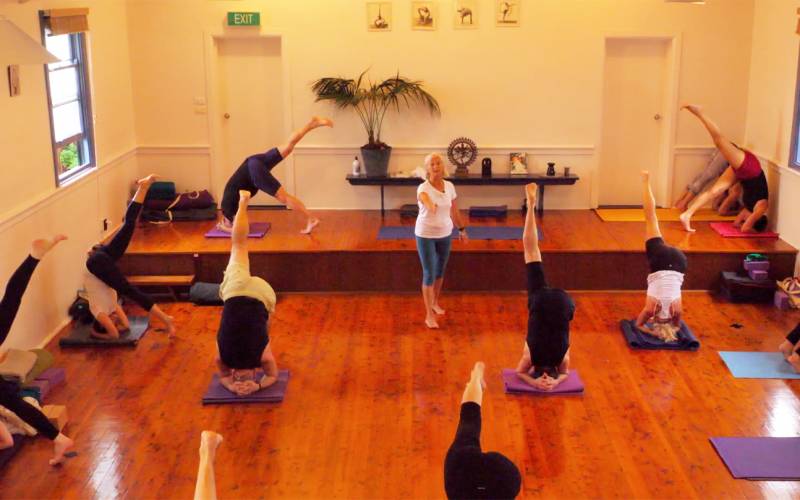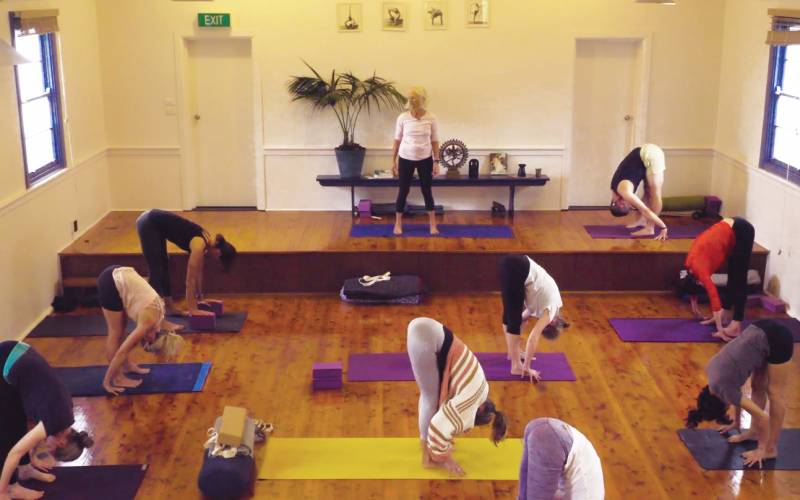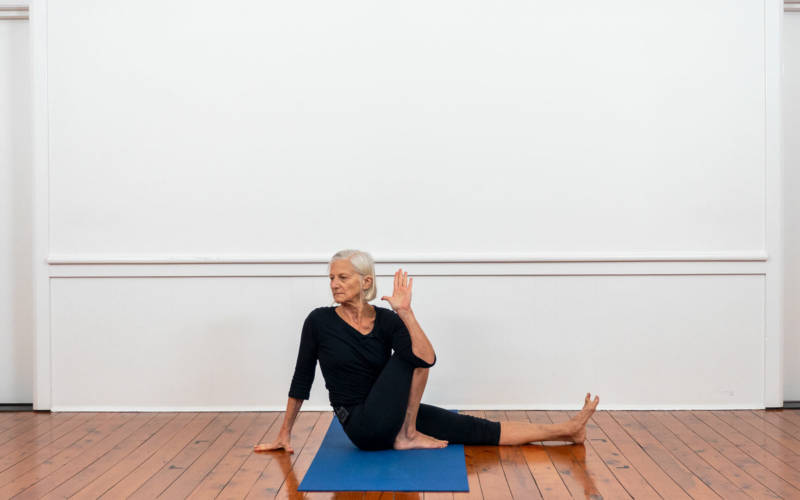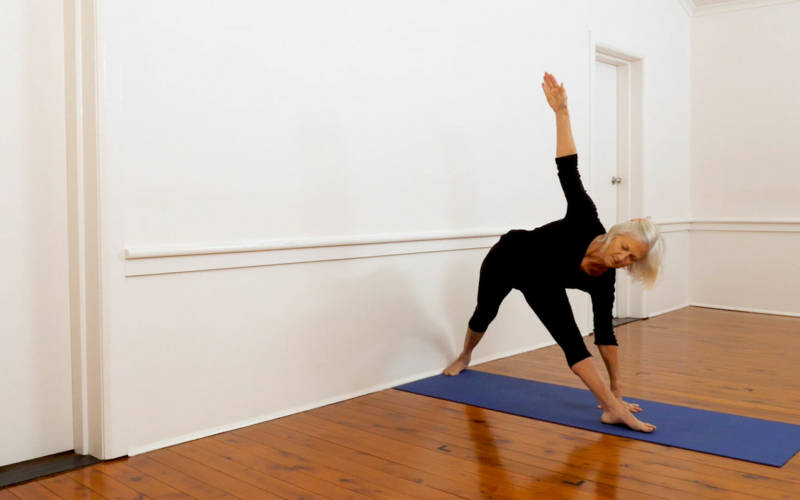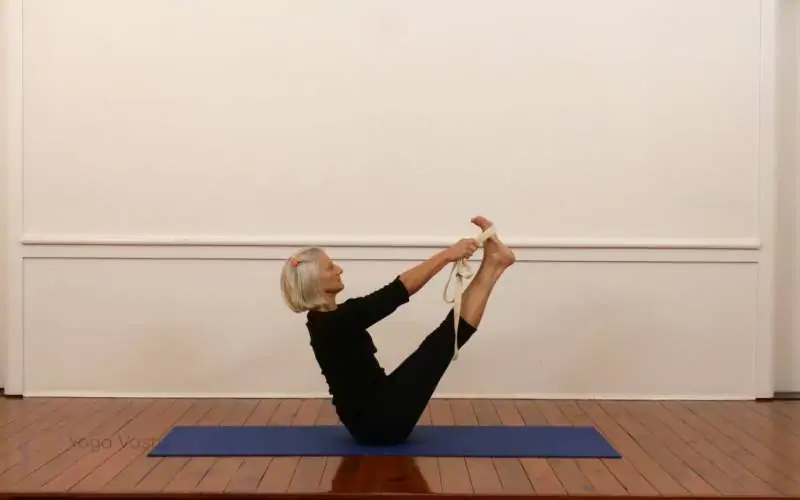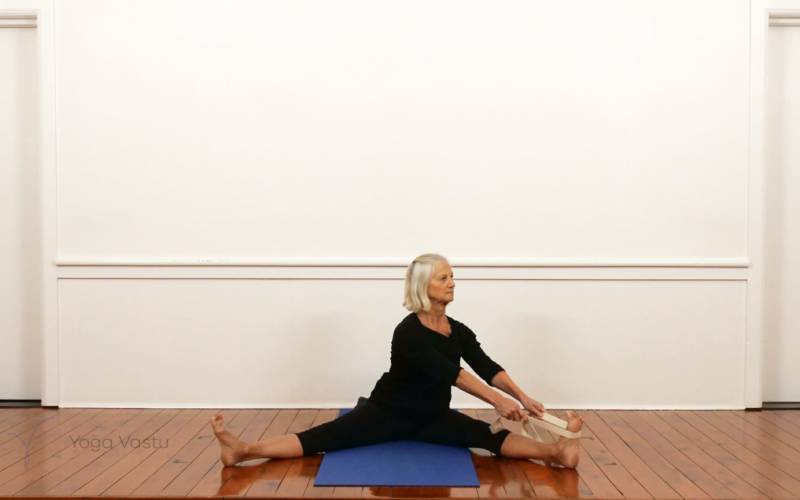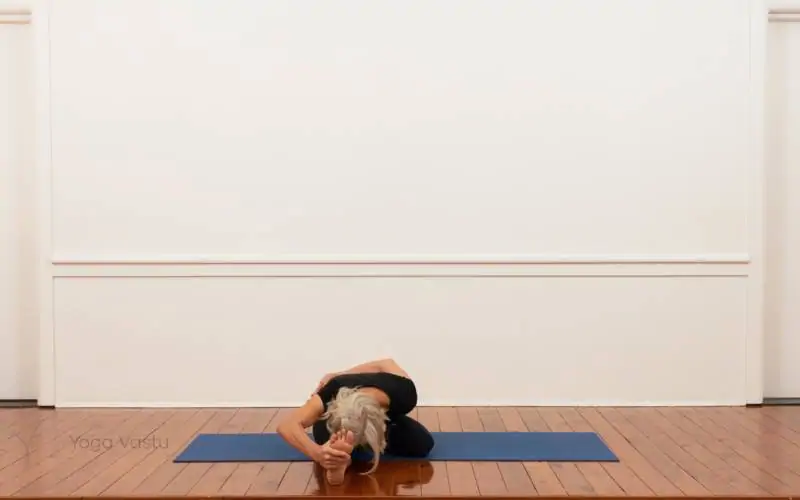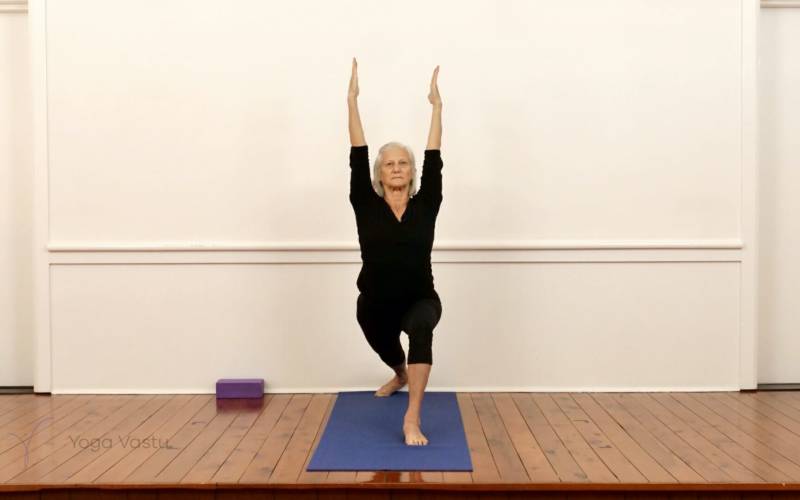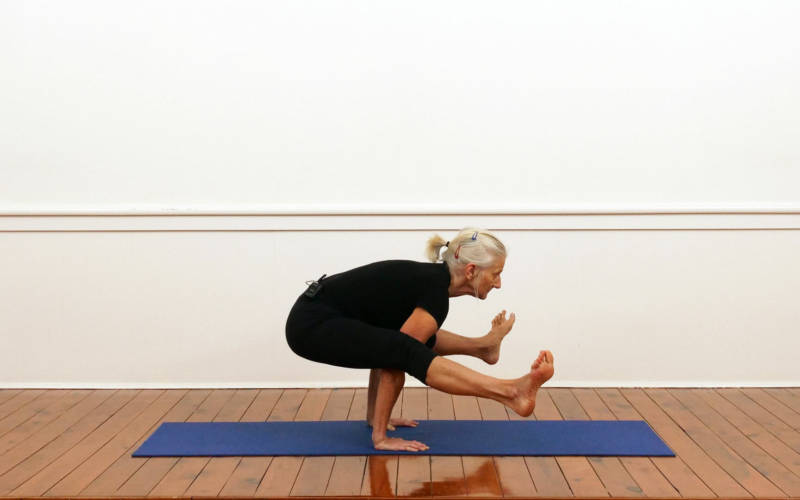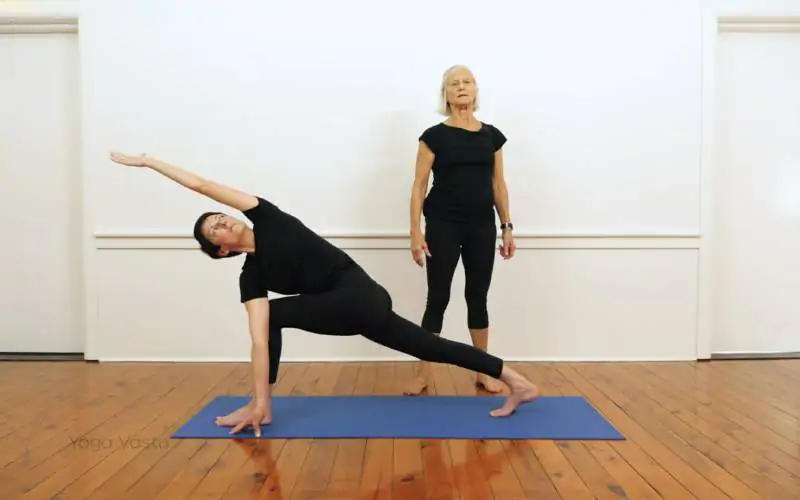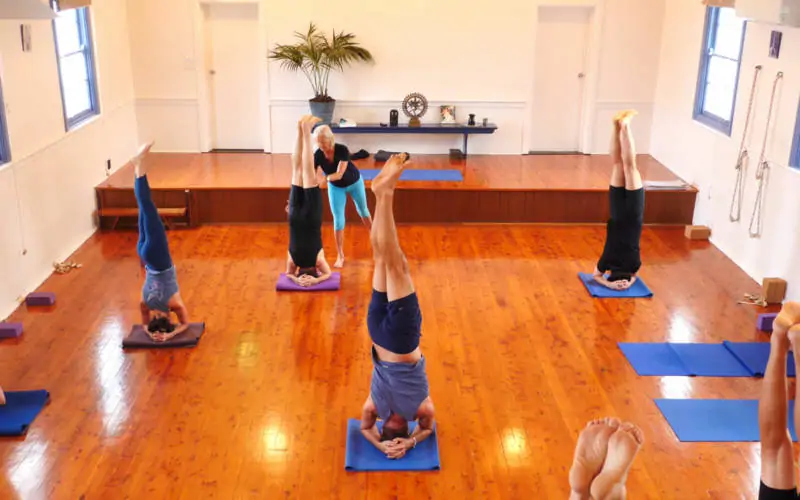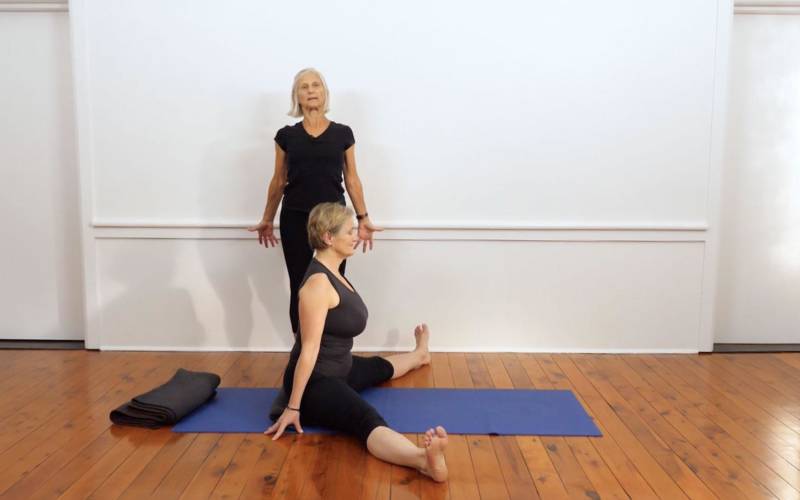How to perform One-Legged Shoulderstand Pose
Activate your shoulders and lift your body up into a straight line. Place your hands on your back to help you keep your balance. Keeping your body straight and your hips aligned, bring one foot down behind your head.
What is Eka Pada Sarvangasana?
Known as the Mother of asana, Sarvangasana is considered one of the most important of all poses. While initially some effort is required to maintain the lift, with practice it becomes a quieting and cooling pose. Eka Pada Sarvangasana is a more asymmetrical version of the full pose and allows you to focus additionally on opening up your hips and cultivating strength and flexibility in the hamstrings.
Just as the full variation, Eka Pada Sarvangasana is generally done towards the end of a sequence, as the mind and body wind down. It can also be paired with Salamba Sarvangasana and used as a transition pose. It can equally be incorporated earlier in the practice, provided it is followed by other quietening poses such as the supported forward bends.
When to use Eka Pada Sarvangasana?
The position of the head and chin, have a direct positive impact on the thyroid and parathyroid glands. The inversion allows venous blood to flow back to the heart with less effort by the heart, thus restoring and resting the heart. Other benefits include improved sinus and nasal functioning, making it a good pose for when you’re feeling sick. The additional opening in the hips allows your leg and hip muscles to get fortified and acquire length. Moreover, the asymmetrical nature of this pose helps the practitioner notice any imbalances or disparities between the two sides of the body, giving clues to the most effective forms of further practice.
The soothing effect of the pose assists in calming the nervous system, reducing stress and tension, and can assist in improved sleep. The inverted position has an impact on the abdominal organs and can assist in relieving constipation, improve the functioning of the abdominal organs, and assist to counter urinary disorders. Sarvangasana is said to bring back lost vitality. However, it should be avoided if any of the supporting muscles are injured or strained.
If you are suffering from dizziness or high or low blood pressure, avoid going straight into pronounced inversions from the Sirsasana and Sarvangasana families. Instead, work your way up to them through various forward bends, such as Uttanasana and Paschimottasana, or Adho Mukha Svanasana. These poses are also good for counterbalancing the inversion.
